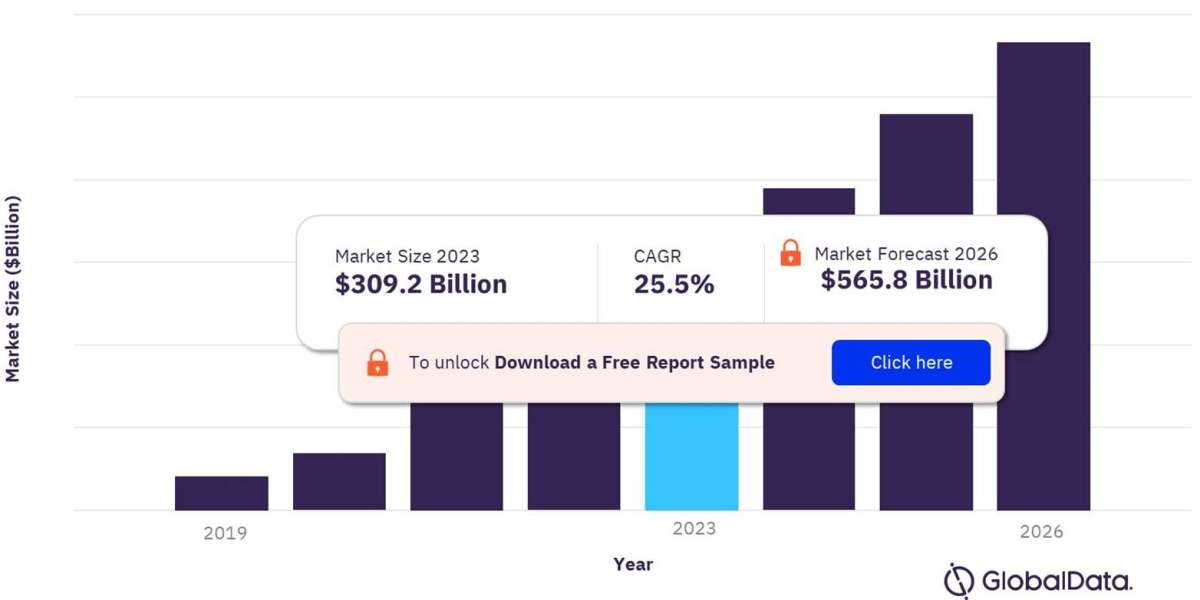Trends Driving Growth
1. Economic Growth and Urbanization
Mexico's economy has grown steadily in recent years, with a burgeoning middle class and rapid urbanization fueling retail expansion. As more people migrate to urban centers, demand for consumer goods and services has risen. This urbanization trend has also led to the development of modern shopping malls and retail spaces.
2. E-commerce Expansion
E-commerce in Mexico has exploded in recent years, driven by improved internet access, smartphone adoption, and changing consumer habits. The COVID-19 pandemic accelerated this growth as more consumers turned to online shopping for safety and convenience. Major players like Amazon, Mercado Libre, and Walmart have established a strong online presence in the Mexican market, while local startups and smaller retailers have also embraced e-commerce.
3. Omnichannel Strategies
Retailers in Mexico are increasingly adopting omnichannel strategies to meet consumer demands. This approach integrates physical and digital retail, allowing consumers to shop seamlessly across various platforms. Click-and-collect, mobile apps, and digital payment options are becoming more common as retailers strive to enhance the customer experience.
4. Focus on Sustainability
Environmental sustainability is gaining traction in the Mexican retail market. Consumers are becoming more environmentally conscious, leading retailers to adopt eco-friendly practices. This includes reducing plastic usage, sourcing sustainable products, and implementing recycling programs. Some retailers are even introducing "zero-waste" initiatives to attract eco-conscious shoppers.
Challenges Facing the Retail Sector
1. Economic Uncertainty
While Mexico's economy has shown resilience, it remains susceptible to fluctuations in global markets and political uncertainty. Economic downturns can impact consumer spending and investor confidence, affecting the retail sector's growth prospects.
2. Regulatory Hurdles
The Mexican retail market is subject to various regulations, including labor laws, import/export restrictions, and consumer protection standards. Navigating these regulations can be challenging for retailers, especially those new to the market.
3. Infrastructure and Logistics
Despite significant progress, Mexico's infrastructure and logistics networks still face challenges. This can impact the efficiency of supply chains and distribution, affecting retail operations and customer satisfaction. Retailers must invest in robust logistics systems to meet consumer demands.
4. Competition from Informal Markets
Mexico has a large informal retail sector, which can create challenges for formal retailers. Informal markets often offer lower prices due to reduced overhead costs, making it difficult for formal retailers to compete on price. This underscores the need for differentiation and added value in formal retail offerings.
Opportunities for Growth and Innovation
1. Expanding into Rural Areas
While urbanization is a key trend, there's also significant potential in rural markets. Retailers can tap into these regions with tailored products and services, leveraging smaller-format stores and mobile commerce to reach new customers.
2. Leveraging Technology and Data Analytics
Retailers can use technology and data analytics to better understand consumer behavior and preferences. This can lead to more targeted marketing, personalized experiences, and improved inventory management. AI and machine learning are poised to play an increasingly significant role in shaping the retail landscape.
3. Collaboration and Partnerships
Retailers can benefit from collaborations and partnerships with local businesses, suppliers, and technology providers. This can help reduce costs, improve supply chain efficiency, and enhance customer offerings. Collaborations with fintech companies, for instance, can lead to innovative payment solutions that drive sales.
4. Focus on Customer Experience
In a competitive market, customer experience is a crucial differentiator. Retailers can invest in training staff, improving store layouts, and enhancing online platforms to create a seamless and enjoyable shopping experience. Customer loyalty programs and personalized services can also boost retention and drive repeat business.
Buy the Full Report for More Insights into the Mexico Retail Market Forecast








